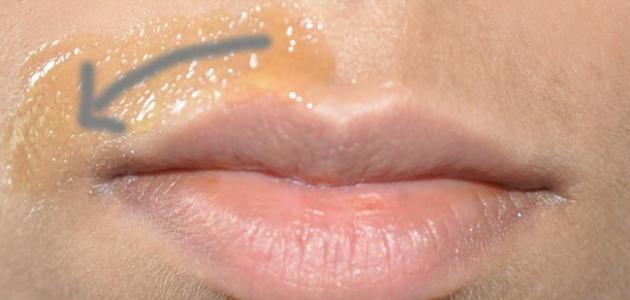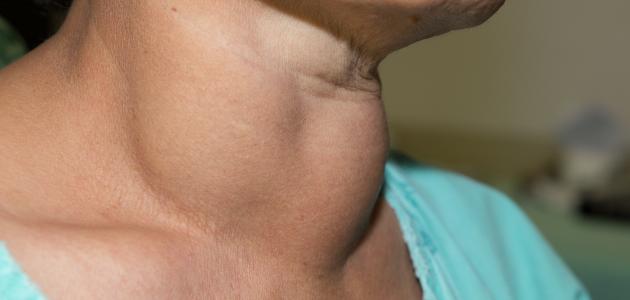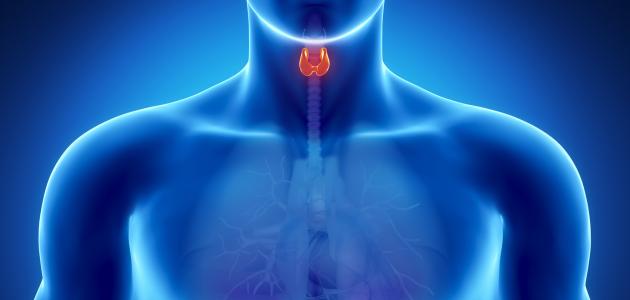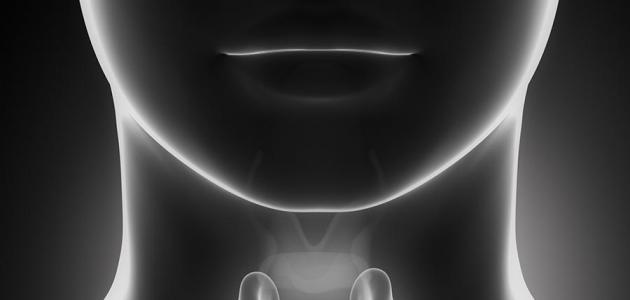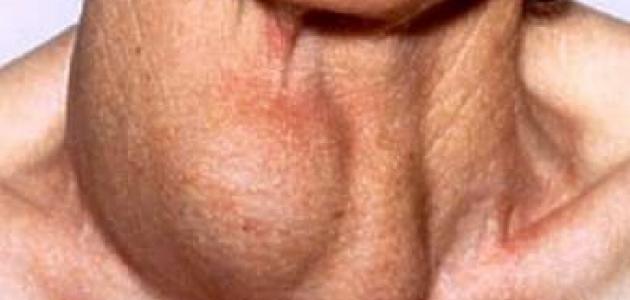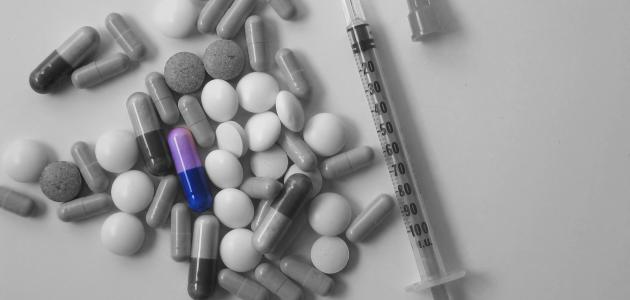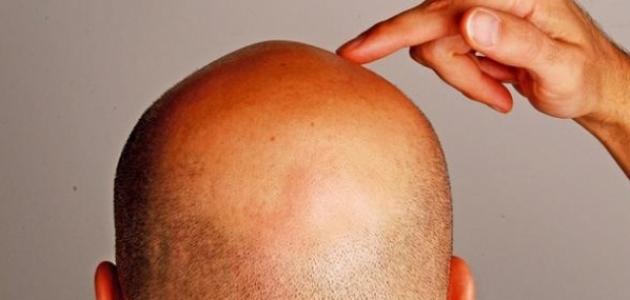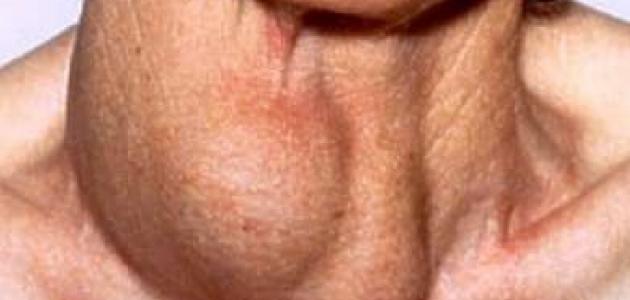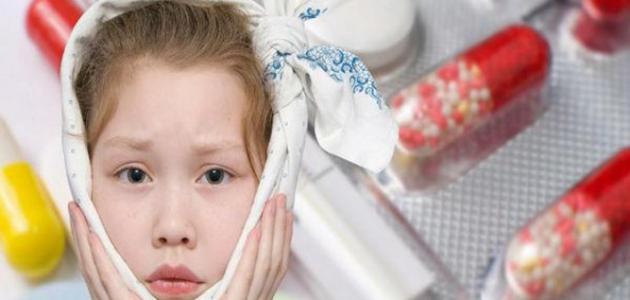Contents
Trichomoniasis
Hirsutism or hair growth in females can be defined as a problem represented by excessive or unwanted hair growth on a woman's body and face, and this hair growth usually occurs on the back, arms, chest, lower abdomen, in addition to the face, Hence, it can be said that hair growth in cases of suffering from trichomoniasis appears in areas and parts of the body where hair usually appears in men, and it is worth noting that the main difference between hair resulting from suffering from trichomoniasis differs from normal hair in its nature, so we find that extra hair It is darker in color and rougher to the touch. [1]
It is worth noting that the problem of chorea is not rare, as it affects 5-10% of women around the world, and it should be noted that the problem of chorea is transmitted between members of the same family, so we find that the possibility of a woman afflicting this problem is greater if she is her mother or sister , Or one of her first-degree relatives suffers from the same problem. Although the problem of trichomoniasis is usually a simple problem, its effect is often limited to causing discomfort to the patient, but there are many cases in which the hormonal disorder associated with trichomoniasis has resulted in severe health problems, and it is worth noting that researchers have considered this problem as long-term. Although there are many treatments that can control symptoms, they show that once the hormones return to their disturbed levels, the problem will reappear. [1]
Causes of hirsutism
The underlying reason for women suffering from trichomoniasis is excessive secretion of the hormone testosterone , which exceeds the normal limit, and the factors and health problems that cause this problem are the following: [2]
- Polycystic Ovary Syndrome: This problem accounts for 72-82% of cases of chirichia coli, and therefore it can be said that ovarian polycystic ovaries are the main cause of cases of infection with trichomoniasis, and the problem of polycystic ovaries suffering from a group of characteristics, including Menstruation: irregularity in the menstrual cycle, a slight increase in the levels of the androgen hormone or remaining within normal levels at times, in addition to suffering from obesity around the abdomen, acanthosis nigricans, and the body's resistance to insulin, with the possibility of a woman suffering from infertility.
- Hyperplasia of the adrenal: , and the cause of approximately 5% of the total Almharanah cases, and it should be a statement that some cases of hyperplasia of the adrenal appear at birth and some of them do not appear until after puberty when faced with problems at the level of the menstrual cycle and ovulation.
- Androgen-secreting tumors: These tumors often appear in the ovaries or adrenal glands , but these tumors are rare causes of the problem of trichomoniasis.
- Adrenocortical hyperactivity : Cushing's Syndrome, also known as Cushing's Syndrome, is rare if the patient suffers from the problem of trichomoniasis only, and people with this syndrome often suffer from high blood pressure , the appearance of cortisol in the urine, glucose intolerance, and obesity In the abdominal area.
- Hyperprolactinemia: It is characterized by high levels of the hormone prolactin in the blood, which leads to the suffering of women from galactorrhea , menopause, and infertility .
- Thyroid disorders such as excessive thyroid activity , and hypothyroidism , appears tests and thyroid function are abnormal.
- Hyper androgens idiopathic: , and these cases constitute less than 20% of the total Almharanah cases, and is regularly ovulation cycles and the high level of the hormone androgen without known cause.
- Take some types of medication: such as aripiprazole, bimatoprost, carbamazepine, clonazepam, and many others.
Risk factors for hirsutism
There are some factors that increase the risk of developing trichomoniasis, the most important of which can be summarized as follows: [3]
- Family history: There are many causes of trichomoniasis that are transmitted between members of the same family, such as adrenal hyperplasia and ovarian cysts .
- Ethnicity: Although women of all races may suffer from the problem of trichotillomania, there are some women of specific races who are more likely to develop trichotillomania without an explanation, and among these races: the inhabitants of the Mediterranean, the Middle East, and South Asia.
- Obesity: The researchers found that the suffering of a woman from obesity causes an increase in the condition of trichomoniasis worse, and the scholars have explained this matter that obesity causes an increase in the secretion of androgen hormones.
Treating trichomoniasis
There are many treatment options that can be used to control trichomoniasis, including the following: [4]
- Medicinal treatments: including oral contraceptives and other hormonal treatments that contain estrogen and progesterone, but it should be noted that this drug option is not used in the event of suffering from trichomoniasis except when the woman does not want to become pregnant, and from other drug options Anti-androgens that can be used to control trichomoniasis, and some topical options prepared in the form of creams, such as the medicine eflornithine .
- Other treatments: including electrolysis, laser therapy, hair removers, shaving, and more.
References
- ^ A b "Excessive Or Unwanted Hair In Women" , Www.healthline.com , Retrieved July 23, 2018. Edited by .
- ↑ "Hirsutism in Women" , www.aafp.org , Retrieved July 23, 2018. Edited.
- ↑ "Hirsutism" , www.mayoclinic.org , Retrieved July 24, 2018.
- ↑ "Hirsutism" , www.mayoclinic.org , Retrieved July 24, 2018. Edited.
